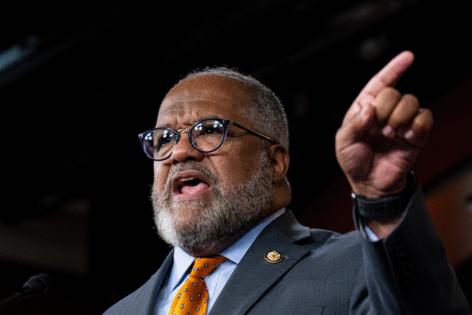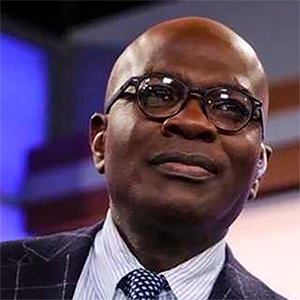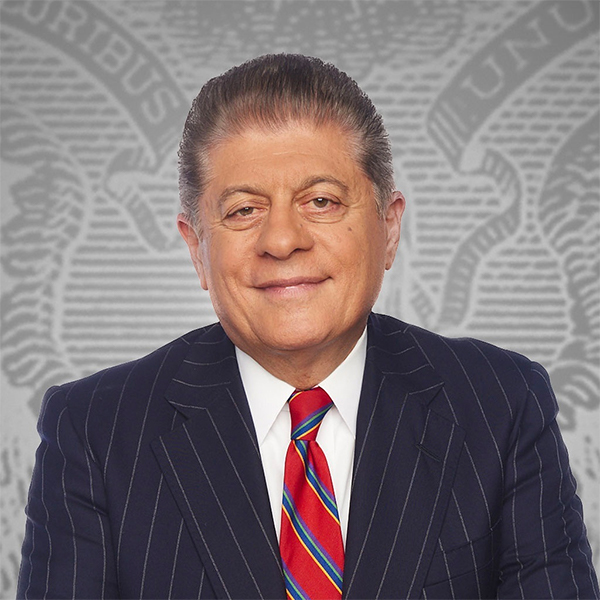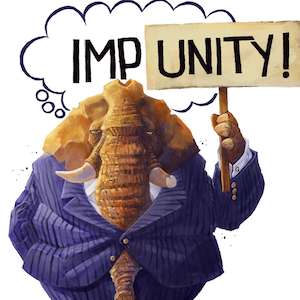Supreme Court to hear arguments on use of race in redistricting
Published in Political News
WASHINGTON — The Supreme Court will hear oral arguments Wednesday in a redistricting case that could curtail a civil rights-era law used to ensure majority-minority congressional districts, something voting rights advocates warn would diminish minority representation in Congress.
The clash over Louisiana’s congressional map focuses on how lawmakers can consider race when drawing new districts, at a time ahead of the midterm elections when Texas and other states have redrawn their maps and officials in other states are publicly considering doing so as well.
In the first map Louisiana drew in response to the 2020 census, Black voters made up about one-third of the state’s voting population but were a majority in only one of the state’s six congressional districts, the New Orleans-based seat of Democratic Rep. Troy Carter.
The state redrew its map to include a second Black majority district after a court found the first map likely violated the Voting Rights Act of 1965.
Now, the justices are poised to decide whether the intentional creation of another majority-minority district in Louisiana violates two Civil War-era constitutional amendments on discrimination and voting rights.
Louisiana officials, the Trump administration and conservative groups have railed against Louisiana’s need to redraw lines based on race, while voting rights proponents say a ruling from the conservative high court could extend far beyond the Louisiana maps.
Members of the Congressional Black Caucus, in a brief, told the justices that litigation from private plaintiffs and voting rights advocates has forced states to draw effective minority opportunity districts, in the wake of the VRA and a 1986 Supreme Court ruling about Section 2 of the law.
Majority-Black House seats nearly doubled from 17 to 32 after the 1990 cycle and today there are 26 congressional districts with a Black majority, the CBC member brief stated.
But a Supreme Court ruling against the second Louisiana district could “collapse” that back to before the VRA became law, they said.
“Such a ruling would invite state legislatures to dismantle or dilute existing opportunity districts and would turn back the clock on decades of progress secured under the VRA—progress that gives practical effect to the Constitution’s equal protection guarantees,” they argued in the brief.
The CBC members praised majority-minority districts as “a vital safeguard that ensures our democracy remains representative, inclusive, and strong.”
And they point to a push for mid-decade redistricting in some states that are “not hypotheticals,” such as Texas, which approved a new map that targets several Democrat-held seats for the 2026 midterm elections.
“An adverse ruling here would embolden states to crack and pack minority voters and unravel decades of existing remedies under the guise of mid-cycle redistricting,” the lawmakers said in their brief.
The decision also could open a path for Republicans to cement long-term control in the closely divided House.
Steven Schwinn, a law professor at the University of Illinois Chicago, said that given racial voting patterns, primarily in the South, minority opportunity districts historically go to a Democrat while non-opportunity districts tend to go to Republicans.
“If a state can redraw its electoral map and draw out an opportunity district and replace it with a non-opportunity district, it’s a good bet in the South today that that district would turn from Democrat to Republican,” Schwinn said. “And again, given that every seat counts, that’s going to be really important.”
The Trump administration told the justices in a brief that today a state’s “failure to create a compact majority-minority district, even where demographically possible, is far more likely to reflect political motives than racial ones.”
“Too often, Section 2 is deployed as a form of electoral race-based affirmative action to undo a State’s constitutional pursuit of political ends,” the Justice Department wrote in the brief. “That misuse of Section 2 is unconstitutional.”
Louisiana in a brief argues the state was forced to draw a second majority-minority district in a law known as S.B. 8 under judicial order and asks the court to do away with the 1986 Supreme Court ruling that set up a legal framework for assessing when a map violates Section 2 of the VRA.
“Race-based redistricting is fundamentally contrary to our Constitution. Over and over again, the federal courts have refused to hear us. That is why S.B. 8 is on the books,” Louisiana officials said in the brief.
“But, in all events, the States desperately need clarity that so far has been absent from this Court’s redistricting cases,” the brief states. “Absent that clarity, nothing will change in the extraordinary expenditure of time, money, and resources that the States (and the courts) face after every redistricting cycle.”
_____
©2025 CQ-Roll Call, Inc., All Rights Reserved. Visit cqrollcall.com. Distributed by Tribune Content Agency, LLC.
























































Comments